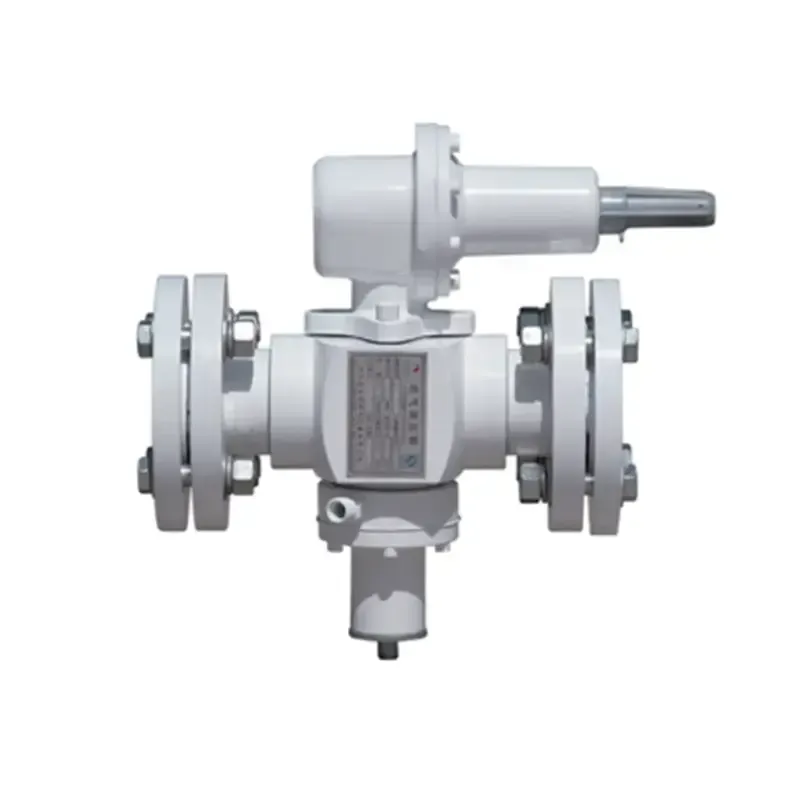
12 月 . 03, 2024 17:16
Back to list
Understanding the Functionality and Importance of Gas Pressure Regulators in Various Applications
Understanding Gas Pressure Regulators Importance and Functionality
Gas pressure regulators are critical components in various industries, ensuring safe and efficient gas usage. These devices play a pivotal role in controlling the pressure of gases delivered from storage tanks, pipelines, and other sources, making them essential in applications ranging from home heating systems to industrial gas processing.
What is a Gas Pressure Regulator?
A gas pressure regulator is a mechanical device designed to maintain a predetermined output pressure, despite fluctuations in the inlet pressure and changes in gas flow rates. By doing so, it safeguards equipment and enhances safety during operations involving gases. These regulators can be found in numerous applications, including residential appliances, laboratory settings, and large-scale manufacturing processes.
How Does a Gas Pressure Regulator Work?
The fundamental operation of a gas pressure regulator is relatively straightforward. When gas enters the regulator, it pushes against a diaphragm connected to a spring. The tension of the spring determines the output pressure. If the gas pressure exceeds the preset level, the diaphragm moves, reducing the size of the passageway, thereby restricting gas flow until the pressure drops to a safe level. Conversely, if the pressure falls below the desired threshold, the diaphragm allows more gas to pass through, thus stabilizing the pressure.
Types of Gas Pressure Regulators
There are primarily two types of gas pressure regulators single-stage and two-stage regulators.
1. Single-Stage Regulators These regulators are simpler and typically used in low-pressure applications. They reduce the inlet pressure in one step to the desired outlet pressure. While they are less expensive and easier to maintain, they can experience pressure variations with changes in flow rate and inlet pressure.
gas pressure regulator

2. Two-Stage Regulators As the name suggests, these regulators reduce pressure in two stages. The first stage decreases the high inlet pressure to an intermediate level, while the second stage further reduces it to the desired outlet pressure. This design provides more stability and accuracy, making it suitable for applications requiring precise pressure control.
Applications of Gas Pressure Regulators
Gas pressure regulators are utilized across a wide range of industries. In the culinary sector, they are crucial in ensuring gas flow to stoves and ovens is consistent, allowing for safe and efficient cooking. In healthcare, regulators are vital for managing gas supplies for respiratory equipment, ensuring patients receive the correct amount of oxygen.
Moreover, in industrial settings, gas pressure regulators are used to control the delivery of gases in manufacturing processes, including welding, cutting, and chemical production. They also play a key role in natural gas distribution systems, where they help maintain safe pressures for residential and commercial use.
Safety Considerations
The importance of gas pressure regulators extends to safety. Any malfunction or failure can lead to over-pressurization, which may result in severe accidents, such as explosions or fires. Therefore, regular maintenance and inspection of these devices are critical. Users should ensure that regulators are compatible with the specific gas being used, and that they adhere to all regulatory standards and guidelines.
Conclusion
In conclusion, gas pressure regulators are indispensable devices that enhance the safety and efficiency of gas usage across various applications. Understanding their functionality, types, and applications helps users appreciate their importance in daily operations. Regular maintenance, proper installation, and adherence to safety standards are crucial to ensuring these regulators perform effectively and safely. As industries continue to innovate and evolve, the role of gas pressure regulators will likely become even more significant, underscoring the need for ongoing education and awareness regarding their use and maintenance.
Latest news
-
Unlocking The Quality Gas Pressure ReducersNewsNov.01,2024
-
The Role of Gas Pressure Reducing StationsNewsNov.01,2024
-
The Importance and Functionality of Safety Relief ValvesNewsNov.01,2024
-
The Essential Role of Safety Valves in Natural Gas ApplicationsNewsNov.01,2024
-
The Essential Role of Gas Pressure RegulatorsNewsNov.01,2024
-
Enhance Your Premium Gas FiltersNewsNov.01,2024

